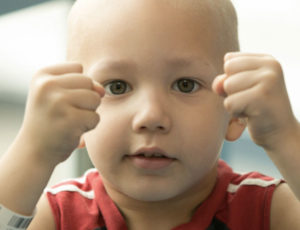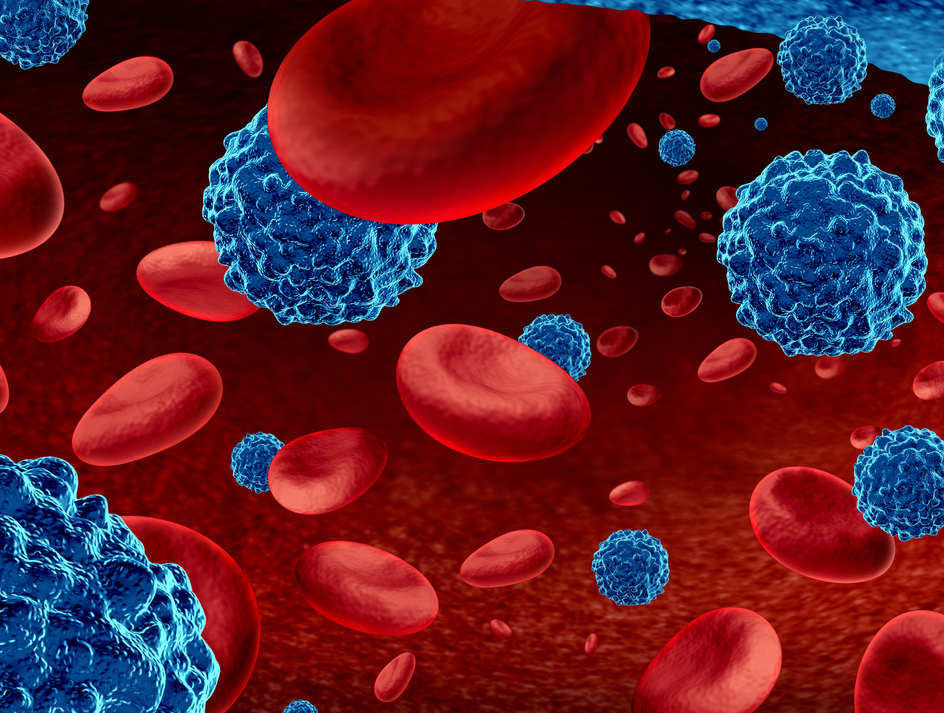“More than 99% of childhood cancer survivors experienced an average of 17 chronic health conditions by age 50 years, suggesting a high burden of health complications during adulthood..”
I am not a childhood cancer survivor. I am an AYA cancer survivor. I was diagnosed at the age of 34 back in 2/94. I think the main issue cancer survivors face is 1) undergoing lots of toxic therapies and 2) living years or even decades after undergoing those toxic therapies. I underwent high-dose chemotherapy and lots of radiation back in ’95 and have experienced nerve, heart and brain damage as long-term and late stage side effects.
I don’t believe that “clinical follow-up” will do it for childhood cancer survivors- 99% of which will experience an average of 17 of the chronic health conditions outlined below. You read that correctly- an average of 17 different chronic health conditions by age 50.

Clinical follow-up just means that your doctor will confirm a health condition once the health condition has already taken hold. By then prevention is almost impossible.
That’s what happened to me when I developed chronic atrial fibrillation aka Afib. I underwent several cardiotoxic chemotherapy regimens in 1995 and developed afib in October of 2010. If I knew that I had a good chance of developing afib I could have tried to prevent it.
I underwent many different chemotherapy regimens in 1995. I have a high risk of secondary, treatment related cancer (I’m witing this in 5/18). I think my anti-cancer lifestyle has keep me cancer-free now for more than 18 years.
I know that “tried to prevent it” is a big statement. Preventing heart damage requires nutrition, frequent exercise, supplementation, detoxification and other evidence-based, non-conventional therapies long before heart damage shows up on a scan. But I wish I had the chance to try.
According to the article below, childhood cancer survivors are almost guaranteed to develop a host of chronic diseases. While I understand how a 20 year old might look at turning 40 as a possible future too far away to even think about, I believe the non-toxic therapies needed aren’t difficult. This lifestyle I’m talking about will make you feel better.
If you would like to learn more about reducing your risk of treatment-related secondary cancers as well as late stage side effects, scroll down the page, post a question or comment and I will reply to you ASAP.
thank you,
David Emerson
- Cancer Survivor
- Cancer Coach
- Director PeopleBeatingCancer
Recommended Reading:
“More than 99% of childhood cancer survivors experienced an average of 17 chronic health conditions by age 50 years, suggesting a high burden of health complications during adulthood, according to a retrospective analysis of the St. Jude Lifetime Cohort Study.
“By age 45 to 50, survivors continue to have two times more life threatening chronic health conditions compared with the standard population,” Nickhill Bhakta, MD, assistant member in the department of global pediatric medicine at St. Jude Children’s Hospital, told HemOnc Today. “We now know merely applying the screening guidelines currently in place for the general male and female populations that are 50 years or older, to a 30-year survivor, is not appropriate because the types of diseases they are having are substantially different and in some cases more morbid. We have to highlight the survivorship guidelines in place and continue to adjust and modify them based on this data.”
The number of survivors of pediatric cancer continues to increase, with 10-year survival rates at more than 80%.
“Fifty or 60 years ago only a handful of pediatric cancer patients were survivors, but as a result of collaborative efforts, we’ve boosted that survival,” Bhakta said. “It really is incremental progress that has been made by learning how to use fundamentally older drugs — developed in the 1950s and 1960s — and using them more efficiently and effectively.
“Between population growth and curative treatments, we are now getting a fairly large pediatric cancer survivor population in the United States alone,” Bhakta said.
However, curative treatment-related exposures, morbidities and risk for chronic health conditions remain. Few studies have measured the burden of disease among childhood cancer survivors and compared survivor morbidities to a community of controls.
Researchers retrospectively collected data on chronic health conditions of 5,522 patients treated for cancer at St. Jude Children’s Research Hospital (median age at diagnosis, 7.6 years) that survived 10 years or longer postdiagnosis and were aged at least 18 years at the time of the study. Researchers matched patients by age and sex frequency to a community of controls (n = 272) for comparison. At the time of enrollment, 54.5% remained alive (n = 3,010) and underwent prospective clinical assessments for comparison of all medical conditions — except hearing loss, glaucoma, cataracts and retinopathy — with controls.
The cumulative incidence of chronic health conditions at age 50 years was 99.9% for grade 1 to 5 and 96% for grade 3 to 5.
The cumulative burden in the total study population was 17.1 (95% CI, 16.2-18.1) chronic health conditions of any grade per individual. An average 4.7 (95% CI, 4.6-4.9) chronic health conditions were grade 3 to grade 5 conditions.
The cumulative burden in matched controls was 9.2 (95% CI, 7.9-10.6) for grade 1 to 5 and 2.3 (95% CI, 1.9-2.7) for grade 3 to 5.
The highest cumulative incidences and burdens at age 50 years for the total population affected the
- cardiovascular
- endocrine and
- musculoskeletal systems.
The cumulative burden of chronic conditions at age 50 years appeared highest among survivors of central nervous system malignancies and lowest among survivors of germ cell tumors.
Researchers found total cumulative burden to second neoplasms, spinal disorders and pulmonary disease to be major contributors to burden.
Thirty-seven percent of survivors had a second neoplasm by age 50 years.
Researchers observed two kinds of chronic conditions: growth conditions associated with older age, such as cardiovascular disease and neoplasms; and acute toxicity conditions, such as neurological damage, which were linked to previous cancer therapy, Bhakta said.
“There has been a lot of work in this area over the last 30 years, describing the amount and number of chronic health conditions survivors of this group experience,” Bhakta said. “Our study goes beyond just what the common conditions are. It highlights that there are substantially different patterns of chronic health conditions between different survival groups — they vary by age and type.”
After adjusting for demographic differences and treatment exposures, multivariate analyses showed older age at diagnosis, higher doses of brain and chest radiation and treatment era held a significant association with higher cumulative burden and severity of chronic conditions.
“This is a vulnerable and growing population and we need to have a larger conversation about this,” Bhakta said. “How will we handle these adults who survive and age beyond 26 years is still an open question.”
The findings by Bhakta and colleagues highlight the diversity of survivors of childhood cancer and how long-term follow-up is crucial, according to Miranda M. Fidler, postdoctoral fellow in the section of cancer surveillance at International Agency for Research on Cancer, in Lyons, France, and Michael M. Hawkins, DPhil, professor of epidemiology and director of the Centre for Childhood Cancer Survivors Studies at University of Birmingham in the United Kingdom.
“The authors provide a clear hierarchy of health-related concerns for each subgroup that will be very useful for clinical follow-up, developing guidelines and designing future clinical trials,” Fidler and Hawkins wrote in a related editorial. “These results also emphasize the need for continued follow-up of childhood cancer survivors, and raise the question of the extent to which specialized health delivery services could benefit these individuals.” – by Melinda Stevens
Pediatric Cancer Patients are Living Longer Than Every Before. Now Let’s Help Them Live a Higher Quality of Life
I began my cancer journey at 34. Technically I am an AYA cancer survivor. While I struggle with the long-term and late stage side effects from aggressive chemo and radiation all those years ago I am lucky compared to pediatric cancer survivors.
While conventional oncology has dramatically increased the overall survival of pediatric cancer patients, the aggressive therapies that may cure young cancer patients may then condemn the same cancer patients to a lifetime of long-term and late stage side effects all but assuring them a poor quality-of-life.
I have blogged about pediatric and AYA side effects frequently on PBC over the years. This post focuses just on the harms that radiation does to the pediatric brain. Specifically, the damage to the pituitary gland and the resulting hormone deficiencies that can occur.
Fortunately there are therapies to reduce or even prevent the damage done by radiation to young brains. These therapies are both conventional and non-conventional.
“Decades after undergoing cranial irradiation for childhood cancer, St. Jude Children’s Research Hospital investigators found that adult survivors of pediatric cancer remain at risk for pituitary hormone deficiencies that may diminish their health and quality of life…
Researchers found that 51.4 percent of survivors were deficient in at least one of the hormones included in this study and 10.9 percent had multiple deficiencies…
Researchers also reported that the younger survivors were when they underwent cranial irradiation and the higher the radiation dose they received, the greater their risk for pituitary problems later.
Hormone deficiencies identified by the above linked study include:
- growth hormone deficiency
- low levels of gonadotropins
- low levels of the hormones estrogen and testosterone
- low levels of thyroid stimulating hormone
- adrenocorticotropic hormone deficiencies
“The article/studies linked below compares two different types of radiation therapy in addition to the areas radiated and the risk of cognitive decline in children and adult cancer survivors. In addition, please consider the option of forgoing radiation altogether as discussed in the article at the bottom….”
“Previous research has shown that obesity rates are elevated in childhood cancer survivors who were exposed to cranial radiation…”




